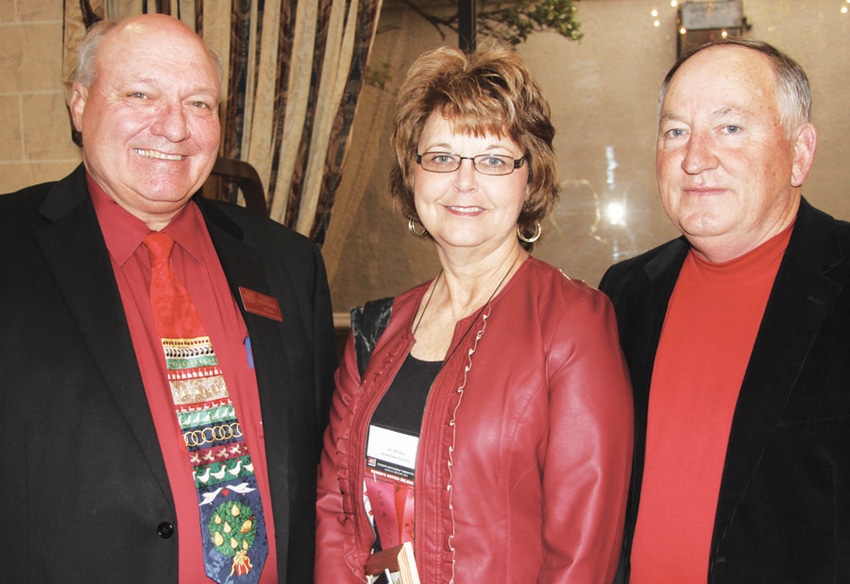
There is “a lot of talk about consumer resistance to higher retail meat prices," says John Anderson, deputy chief economist for the American Farm Bureau Federation. "We’ve got already record high retail beef and broiler prices, and pork is bouncing around near record levels. I think consumers are starting to balk a bit at some of the prices.”

How much more will retail consumers be willing to pay for poultry and meat? A good question, says John Anderson, American Farm Bureau Federation deputy chief economist
There is, he says, “a lot of talk about consumer resistance to higher retail meat prices. We’ve got already record high retail beef and broiler prices, and pork is bouncing around near record levels.
“I think consumers are starting to balk a bit at some of the prices,” Anderson said at the annual meeting of the Mississippi Farm Bureau Federation.
“To overcome that, I think the economic situation needs to improve so consumers will become more optimistic and allow us to squeeze out a bit more on the retail side.
“Barring that, it’s going to be tough to move much beyond where we are now on retail prices — and I think this will be the biggest limit in the meat sector.”
Poultry integrators “lost a lot of money 2010 and by the end of the year were really slamming on the brakes in terms of expansion, which continued into early 2012, Anderson says.
“We were starting to see some expansion of chick placements in 2012, with numbers higher than we’d have expected to see seasonally, which indicated to me that at least some of the integrators were interested in starting to get their numbers back up and claim more market share.
“But when corn prices shot up, they seemed to pull the plug more quickly than we’d normally see, and dropped back to normal seasonal chick placement levels. They went from expansion to a let’s-hold-what-we’ve-got mentality.
“Through early December, we’ve been well below where we were at the same point in 2011.”
Expectation for continued low production

JEFF HOLLOWELL, from left, Oxford, Miss., and Danny Holland and Tripp Thomas, both from Batesville, Miss., were among those at the annual Farm Bureau meeting.
Looking to 2013, the expectation is for production to be down for beef, pork, and broilers, something that’s happened only once since the 1980s, the recession year of 2009. “It looks like 2013 will have at least modest production declines in all our major meats,” Anderson says.
“There looks to be about a 4 percent to 4.5 percent year-over-year decline in beef production, which is a big number. And it could be a bit more than that.
“I think we could see 1.5 percent decline in pork production and about 1.25 percent decline in broiler production.
“On a quarter-to-quarter basis, for beef it’s pretty much going to be a steady drop through the year, according to USDA projections. Pork production has held up pretty well through the fourth quarter of this year, but I think we’ll see a fairly modest decline in 2013, with the biggest drop later in the year.”
For broilers, Anderson says, “I’m expecting just the opposite. By the fourth quarter, we may see some expansion again. This sector can turn a lot faster than beef or pork. There may be some declines in the first part of 2013, and maybe some increase in the latter part of the year — on net, poultry could be down about 1 percent for the year.
“That will really hinge on what happens with feed prices. If we get a big corn crop off an estimated 96 to 97 million planted acres, I think the broiler sector will begin trying to grow market share and start to expand. If drought persists and we have another disappointing corn year, they’ll try to hold steady and not expand.”
About the Author(s)
You May Also Like



